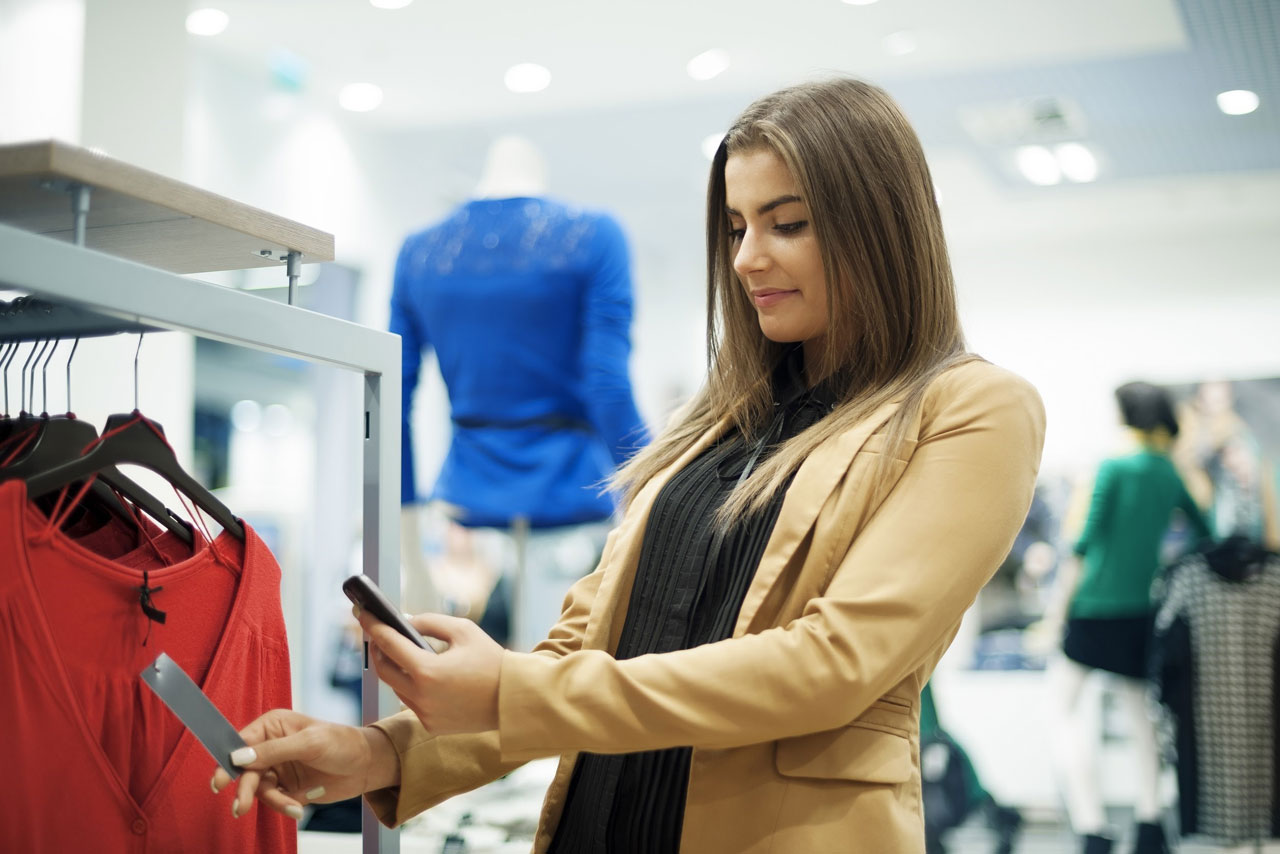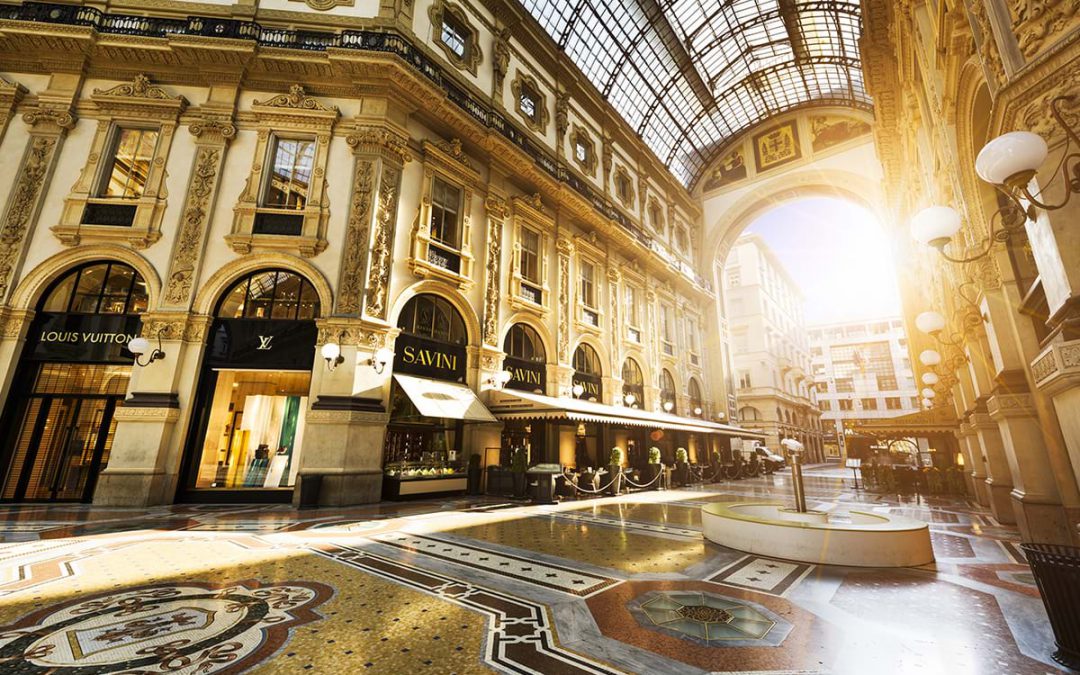In the world of luxury, experience is golden! Nothing is more important than the customer feeling like a king or a queen. After all, when a customer buys a product like a Rolls Royce, Aston Martin, Louis Vuitton Bag or maybe even a pair of Louboutins, they need and frankly deserve to be pampered right from the moment they enter the store. And that’s the challenge the luxury industry is facing. How do you compete with online commerce and improve on it to drive store sales? To stay competent, luxury retailers need to create a mesmerising experience for the everything-now demands of the mobile-first generation where product sales depend purely on customers entering the store and experiencing first hand a personalised & bespoke experience not available anywhere else?
While price may just be a number for most luxury customers, ease of purchase, consistency of high-end quality service and on-demand support are now the key drivers of loyalty and spending. Burberry is one such luxury brand which is leading the Artificial intelligence and big data revolution in driving sales and repeat customers. Using data from a variety of loyalty and rewards programs, the brand has been busy building a portfolio of its customers. So when a recognised customer walks in after purchasing a shirt recently, Burberry’s store salespersons know they could offer a pair of trousers or a nice jacket to go with that shirt. And customers clearly love the edge. The fact that customers walk away with more products than they anticipated to purchase but truly needed, that hidden insight is proving to be Burberry’s secret sauce.

Powered by Artificial Intelligence, these deep insights are what brings customers back to the brand and build a deep loyalty. Its organic and its what every customer is truly looking for. You buy a car, now it’s time to purchase accessories to spruce up the interiors, bought an iPad?, why not buy a sleeve. It’s selling without sounding like a sale. A strong social media presence is a key factor for the brand to be constantly connected with its customers. Dior has taken this one step further by adapting Artificial Intelligence to manage its customer-brand interactions. The brand uses AI-powered interactive chatbot software in their Facebook Messenger to create a novel chat experience with its customers. And it’s pretty nifty. Known as the ‘Dior Insider’, the AI-powered chatbot is aimed at brand admirers who may never even make a purchase, but Dior’s strategy is in the ‘engagement’ to increase social media conversations. The messaging service even has e-commerce built in with shopping experiences in-built, bridging the gap between in-store purchases and the online experience. And customers love it. With millennials and Generation Z driving the majority of the sales, Dior is a hit with the demographic.
An important angle of beauty business using AI is the latest development where colour tone mapping is done automatically by the AI enabled Apps. As a matter of fact, Apple has just released an app on its store for L’Oréal’s Clip-on Sensor, known as the La Roche-Posay My Skin Track UV. L’ Oreal’s UV sensor clips onto clothing and measures the wearer’s exposure to UVA and UVB rays. Available exclusively on iOS, the app will also display data on Apple’s HealthKit and track exposure to pollution, pollen, and humidity as well. The retail partnership hints at L’Oréal’s attempt to become more than just a makeup company and to blur the lines between its cosmetics and its technology.
Another area where Artificial Intelligence is making big headway is the subscription service. With over a majority of mobile users now using apps that are in some way powered by AI, the need for human intervention for making regular purchases is being eliminated. Brands like Gillette and Nestle’ are looking at building subscription services that would allow customers to sign up for ongoing refill services managed by the customer’s AI-powered assistants. By removing the human memory element, the customers would then be able to make purchases and get products on-demand even without remembering to place the order.
The ‘BIG Data’ Play

Digital brands such as ‘net-a-porter’ and Farfetch have proved that online luxury retail as a business model can be viable. But what separates them from regular online e-commerce is that these brands are powered by big data. Net-a-porter closed out 2017 at USD $2.61 billion. As per a report by moonshot digital, by 2025, nearly a fifth of global luxury sales will be online. What a Big Data does for a brand is that it provides data analytics that brings out much deeper insights into the customer’s preferences and spending habits. Brands in turn then build a customer profile based on the data. This places the online brands at a far better position in pushing products that have a higher probability of selling. While online marketplaces are far ahead in using big data technology, traditional luxury brands are still trying to play catch up.
Deeper, data-driven customer insights play a vital role in tackling challenges like improving customer conversion rates, personalizing campaigns to increase revenue, and lowering customer acquisition costs. The advent of ‘people tracking’ technology offers a new ray of opportunities for offline stores. Better data insights from such technology enable retailers to see in real-time store behaviour and measure the impact of merchandising efforts by optimizing merchandising tactics, personalizing the in-store experience with loyalty apps and driving store traffic by incentivising customers to make retail purchases. Data engineering powered by big data is the new weapon for retailers to enhance store shopping experience and to drive sales.
Combining data from Omni-channels will enable collection of heightened volumes of consumers, sales and loyalty data. With the growing number of channels where customer engagement is required, Big-Data enabled predictive analysis of demand forecast and footfalls will pave the way for prescriptive analysis. This can then be used to analyze a variety of data such as location intelligence, trends, merchandise availability and peak hours, allowing retailers to maximise profit margins and capitalize of previously unseen opportunities. Additionally, the technology would also enable optimization of resource allocation such as staff and store operations based on peak traffic volumes on specific days or holidays. Simply put, Big Data and Artificial Intelligence can offer a variety of game-changing benefits to retailers previously unheard of. Store operations optimization, product assortment optimization, revamp of loyalty programs based on deeper consumer behaviour analytics, personalization of in-store shopping experiences are just a few areas where big data-based analytics can reduce costs, drive sales and improve profits.
Truth is, Luxury Retail is no longer an art. For all luxury brands to stay relevant and profitable in the era of mobile, e-commerce and social media, luxury retail has to be looked at as a science of analytics. This means that luxury brands have to dig deep in social behaviours and consumer behaviours to have deep insights about their customers better than anybody else. With increasing competition, growth in the segment can only be achieved by building an engaging experience for a customer long before they step inside a brand’s store. Burberry, one of the most recognized luxury brands in the world, is changing the luxury retail game with heavy investments in artificial intelligence and Big data. It’s time luxury retail adapted to artificial intelligence and big data, not just as words but in practice as well.


Recent Comments